Creating Your Own Nitrogen Fertilizer: A Sustainable Approach to Plant Growth
Plants require a variety of nutrients for healthy growth, and nitrogen stands as a crucial element. This guide explores the importance of nitrogen in plants and delves into the world of creating your own homemade nitrogen fertilizers. By understanding the benefits and methods involved, you can embark on a sustainable approach to nourishing your plants.
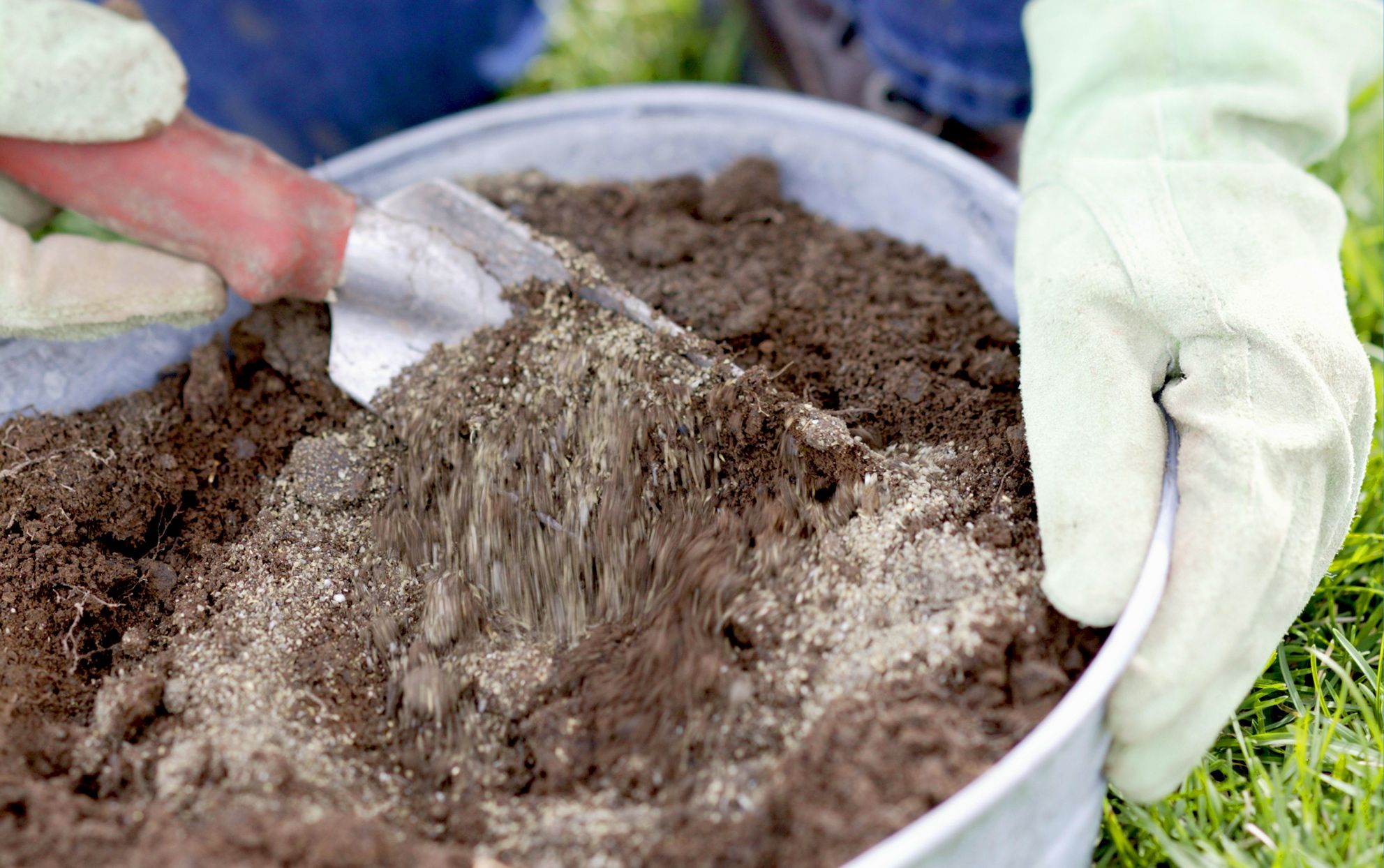
-
The Lifeblood of Plants: Why Nitrogen Matters
Nitrogen is a fundamental building block for plants. It plays a critical role in several essential functions:
- Essential component of amino acids and proteins: These elements form the foundation of plant structures and are vital for various physiological processes within plants.
- Crucial for chlorophyll production: Chlorophyll is the pigment that enables plants to capture sunlight energy and convert it into usable energy through photosynthesis. This process fuels overall plant growth and development.
- Promotes cell division and growth: Nitrogen acts as a catalyst for cell division and expansion within plants. This leads to the overall growth and development of all plant parts, from roots and stems to leaves and flowers.
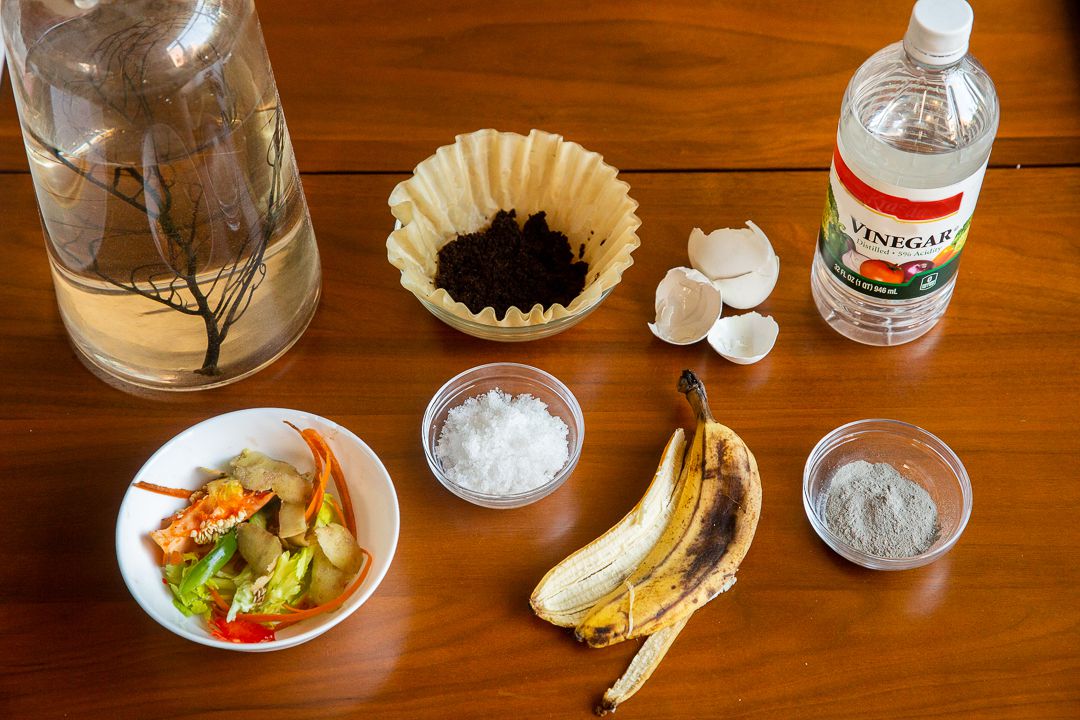
Understanding Fertilizer Options: Inorganic vs. Organic
There are two main categories of nitrogen fertilizers: inorganic and organic. Each offers distinct advantages and considerations:
- Inorganic Nitrogen Fertilizers: These are synthetically produced fertilizers that provide readily available nitrogen for plant uptake. They are often water-soluble and act quickly to address nitrogen deficiencies. However, overuse can contribute to environmental concerns like nutrient runoff. Examples include ammonium sulfate, urea, and ammonium nitrate.
- Organic Nitrogen Fertilizers: Derived from natural sources, these fertilizers release nutrients gradually over a longer period. They offer the benefit of improving soil health and fertility alongside providing nitrogen. However, they may not provide an immediate boost of nitrogen compared to inorganic options. Examples include manure, compost, and blood meal.
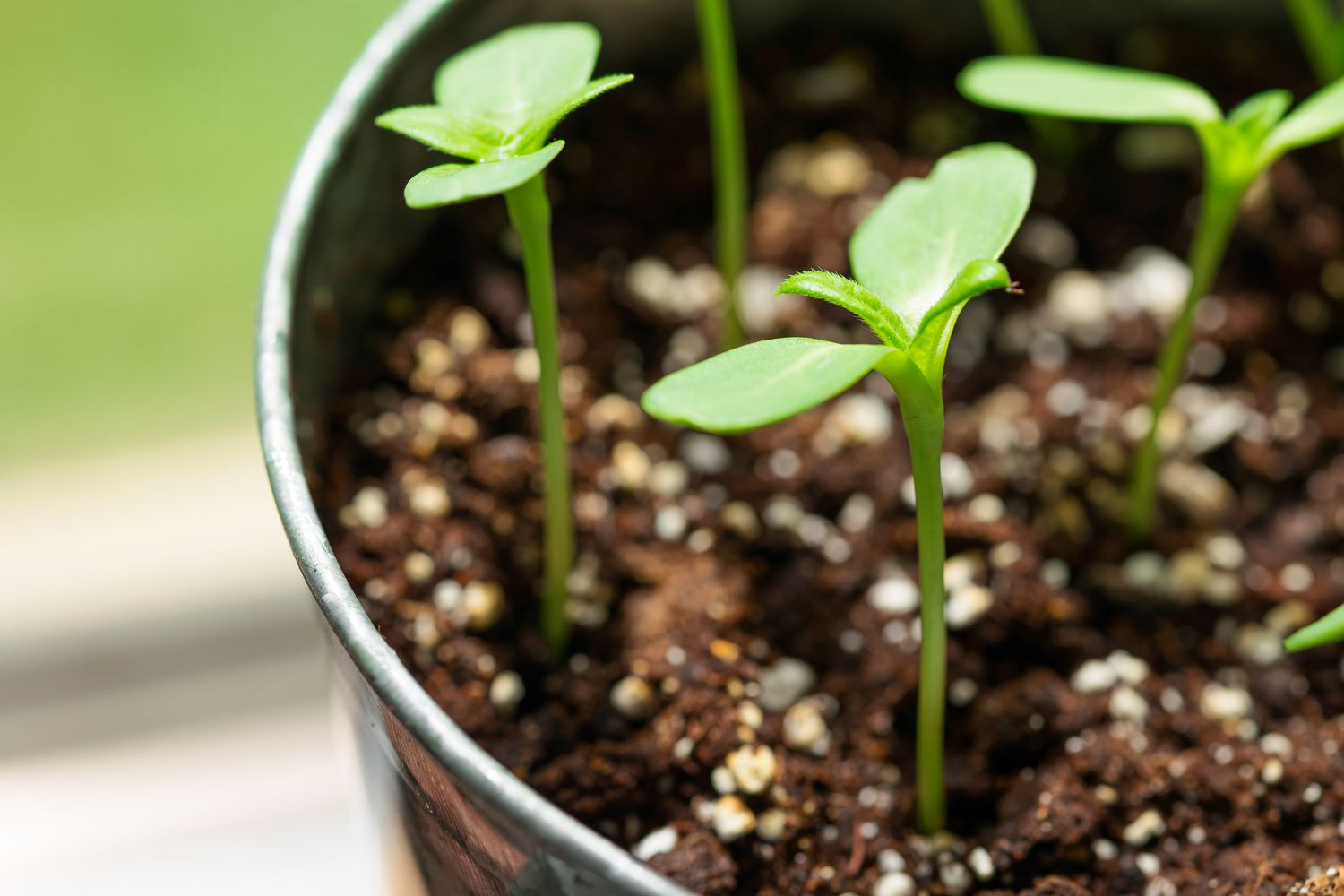
-
The Allure of Homemade Nitrogen Fertilizer
Creating your own homemade nitrogen fertilizer offers several advantages:
- Cost-Effectiveness: Utilizing readily available materials like grass clippings or coffee grounds reduces reliance on commercially produced fertilizers, saving you money.
- Environmental Sustainability: Homemade fertilizers minimize reliance on synthetic fertilizers with their potential environmental impact on water quality and soil health.
- Customized Nutrient Levels: By choosing specific ingredients, you can tailor the nitrogen content of your fertilizer to meet the specific needs of different plants.
- Increased Soil Fertility: Over time, the use of organic materials as homemade fertilizers can enhance soil health by promoting beneficial microbial activity and improving nutrient retention.
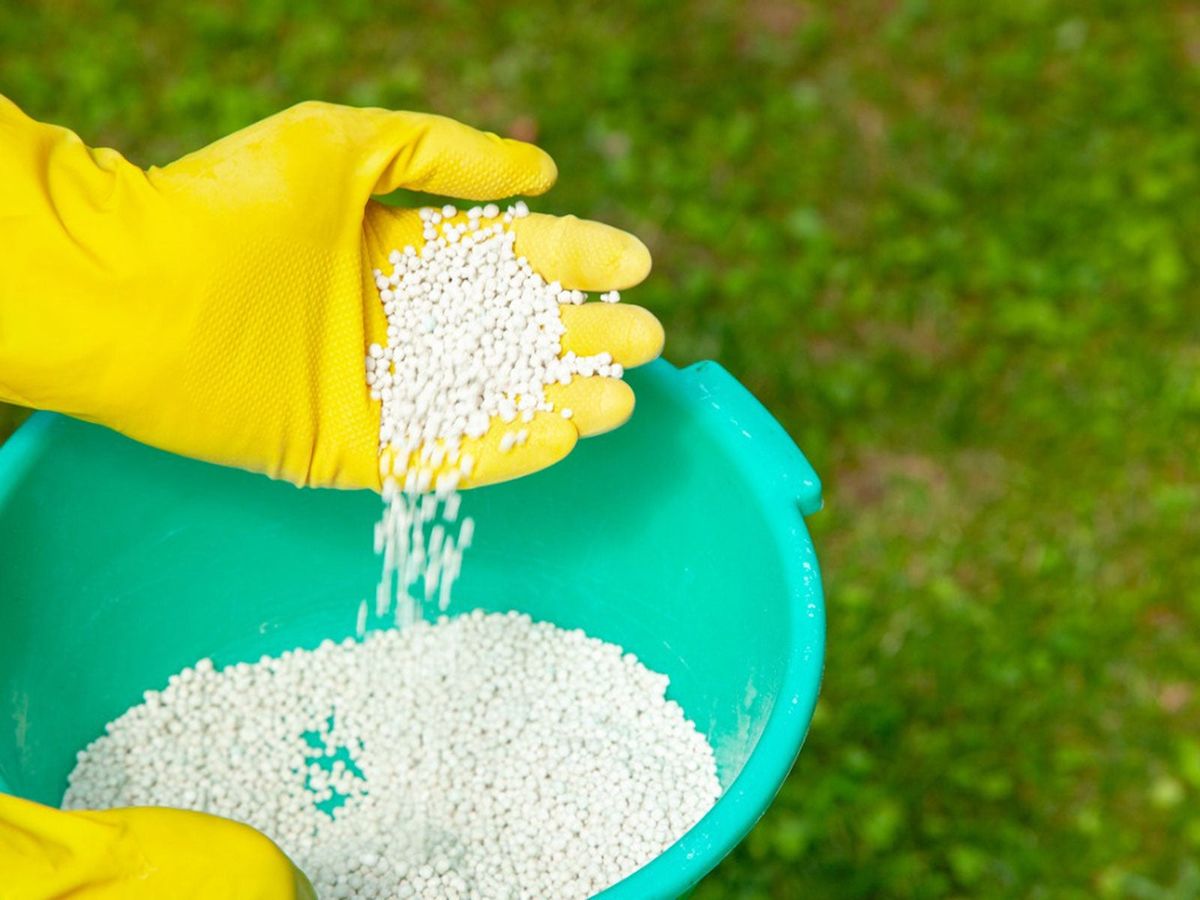
-
Gathering the Essentials: Ingredients for Your Nitrogen Powerhouse
To create your own nitrogen-rich fertilizer, you’ll need these essential ingredients:
- Nitrogen-rich organic materials: These are the primary sources of nitrogen for your homemade fertilizer. Some common options include:
- Grass clippings: Fresh or dried grass clippings are a readily available source of nitrogen. However, fresh clippings may contain weed seeds, so consider composting them first.
- Manure: Animal waste, like composted cow or chicken manure, is rich in nitrogen and other essential nutrients for plant growth. Ensure proper composting to eliminate pathogens and weed seeds.
- Coffee grounds: Used coffee grounds contain nitrogen, potassium, and other beneficial nutrients. However, they are slightly acidic, so use them in moderation or compost them first for a more neutral option.
- Legumes: Plants like clover, alfalfa, and beans have the unique ability to fix nitrogen from the air. You can grow them as cover crops and then incorporate them into the soil to enrich its nitrogen content.
- Water: Water provides the medium for nutrient decomposition if you’re composting organic materials and serves as the carrier for applying your finished fertilizer to plants.
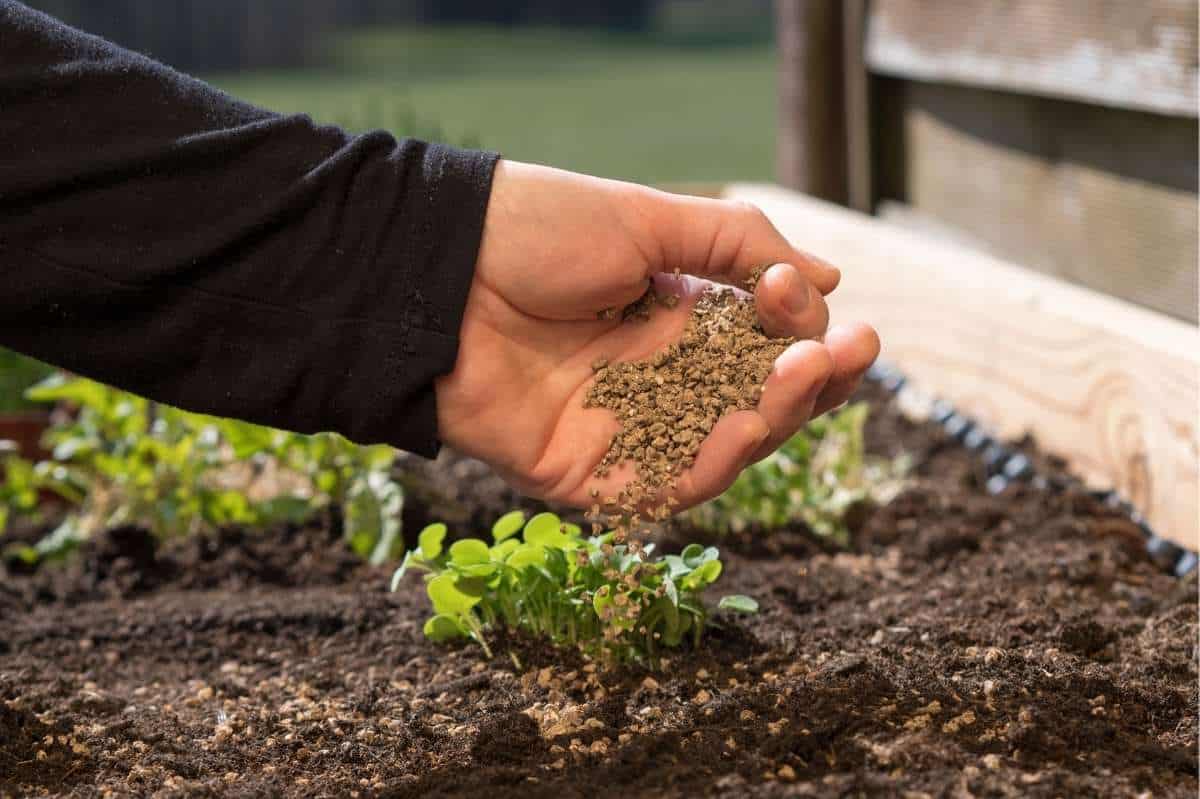
-
Crafting Your Nitrogen Fertilizer: Two Effective Methods
There are two main methods for creating homemade nitrogen fertilizer: composting and green manuring:
- Composting: This natural process breaks down organic materials into nutrient-rich compost. Here’s a breakdown of the composting process:
- Gather nitrogen-rich ingredients and mix them with carbon-rich materials like leaves or shredded paper. The ideal carbon-to-nitrogen ratio is around 30:1 for optimal decomposition.
- Moisten the mixture and ensure proper aeration with occasional turning to promote decomposition by beneficial microorganisms.
- Monitor the composting process, turning the pile regularly to ensure even decomposition. Depending on the size and ingredients, composting can take weeks or months.
- Use mature compost, characterized by a dark brown or black color and crumbly texture, as a nitrogen-rich fertilizer for your plants.
- Green Manuring (continued): …for your garden bed. These plants have a symbiotic relationship with bacteria that fix nitrogen from the air and convert it into a usable form for plants. 2. Plant the legumes as a cover crop, allowing them to grow and accumulate nitrogen in their root nodules. 3. Before the legumes flower, mow or till them into the soil. This disrupts the plant material and releases the fixed nitrogen into the soil matrix. 4. Allow the plant material to decompose further, providing a slow-release source of nitrogen for your plants over time.
Applying Your Creation: How to Effectively Feed Your Plants
Once you have your homemade nitrogen fertilizer, proper application is crucial for optimal plant growth and environmental sustainability:
- Timing: Apply homemade nitrogen fertilizers at key growth stages of plants:
- Early spring: A boost of nitrogen during this period supports initial growth and foliage development.
- During flowering and fruiting: Provides essential nutrients for flower and fruit production.
- Application Methods: There are two main methods for applying your fertilizer:
- Side dressing: Spread the fertilizer around the base of plants, maintaining a safe distance from stems or leaves to avoid burning.
- Foliar application: Dilute the fertilizer with water and spray it directly onto plant leaves for quicker nutrient uptake. This method is most effective for readily available nitrogen sources like liquid manure tea.
- Precautions:
- Avoid over-fertilization: Excessive nitrogen can damage plants and contribute to environmental pollution through nutrient runoff.
- Test the fertilizer strength before application: Dilute the fertilizer solution if necessary to prevent burning plants, especially with fresh or concentrated homemade options.
- Apply fertilizer consistently throughout the growing season for optimal results, adjusting the frequency based on plant needs and the chosen fertilizer type (slow-release vs. readily available).
Prioritizing Safety: Essential Precautions When Handling Homemade Fertilizers
While creating and using homemade fertilizers offers several advantages, it’s important to prioritize safety during the process:
- Wear protective gear: Don gloves, a mask, and goggles to avoid skin contact and inhalation of dust or pathogens when handling organic materials like manure or compost.
- Handle materials carefully: Avoid direct contact with eyes and skin. Wash hands thoroughly with soap and water after handling any organic materials used in the creation process.
- Store ingredients and finished fertilizers properly: Store them in cool, dry containers with lids to prevent nutrient loss and potential odors from escaping.
- Clean up spills promptly: Prevent contamination of soil and water sources by promptly cleaning up any spills of organic materials or diluted fertilizer solutions.
-
The Environmental Impact: A Sustainable Choice
Opting for homemade nitrogen fertilizers offers several environmental benefits:
- Sustainable practices: Both composting and green manuring promote sustainable gardening practices by utilizing readily available resources and minimizing reliance on synthetic fertilizers.
- Reduced reliance on synthetics: By creating your own nitrogen source, you reduce dependence on commercially produced fertilizers, which can have a negative impact on water quality and soil health if not used responsibly.
- Enhanced soil health and fertility: Homemade fertilizers, particularly compost, can improve soil structure, increase water retention, and promote beneficial microbial activity, leading to a healthier and more fertile growing environment.
- Promotes biodiversity: The use of organic materials and green manuring practices can attract beneficial insects and pollinators, contributing to a more diverse and thriving ecosystem in your garden.
-
Economic Benefits: A Cost-Effective Approach
Creating your own nitrogen fertilizer can be a cost-effective approach to plant nutrition:
- Reduced Fertilizer Expenses: Utilizes readily available materials like grass clippings or coffee grounds, eliminating the need to purchase commercially produced fertilizers.
- Long-Term Benefits: Over time, the use of homemade fertilizers can improve soil fertility, potentially reducing future fertilizer needs and leading to long-term economic benefits.
- Promotes Sustainable Gardening Practices: Encourages a more self-sufficient and environmentally conscious approach to gardening, reducing reliance on external inputs.
-
Conclusion: Nourishing Your Plants and the Environment
Homemade nitrogen fertilizers offer a sustainable and cost-effective solution for nourishing your plants. By understanding the importance of nitrogen, selecting suitable ingredients, and employing proper application methods, you can embark on a more responsible and eco-friendly approach to gardening. Remember, creating your own nitrogen fertilizer is just one step towards a sustainable garden. Explore other sustainable practices like water conservation, crop rotation, and pest management to create a thriving and healthy garden ecosystem.